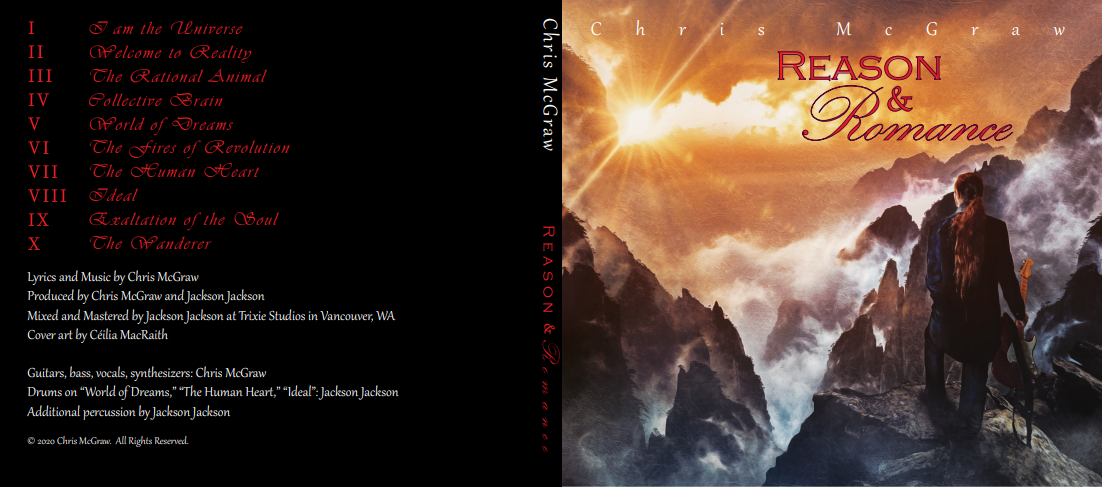End Times & Crowdfunder
Dear friends and fans,
I have a new music video for my single, End Times. I also have a new Crowdfunding campaign for my 4th album! Check out the crowdfunder here: https://igg.me/at/chrismcgraw
This video took me a long time to complete. It was definitely my most complex and difficult video to date. I used a lot of public domain nuclear test footage, and some AI generated imagery. The basic idea is end of the world type stuff, contrasted with hopeful scenes during the chorus. I’m by no means a great video producer, but I think this turned out alright. I received a lot of negative feedback on my first completed edits, which crippled my motivation to continue working on it, and I let it sit in an unfinished state for several months before deciding that it was a massive waste of effort if I never released it at all. Some of that feedback made its way into this final version, and some did not. Often I am confronted with the alternative of doing something imperfectly, or nothing at all. As a one-man musical act with a day job and a family, it is extremely hard. I wear a lot of hats, and I’m not going to be good at everything, nor can I afford to hire people who are. So I do my best, and when it comes to things like music videos I do think something is ultimately better than nothing. But, what do you think? Should I have let this one sit on the hard drive?
On to the new album!
I haven’t yet decided on a title for the album. Three of them have music videos - so far. Here’s the track list so far, in no particular order:
Afterburner
Japanime
Conquer the Stars
End Times
Hyperdrive
Infinite Future
Megacity: The Escape/The Dream/The Return (3 part suite)
Self Made Soul
Transcend
The City Soaked in Rain
Of these I have completed recording and mixing for Afterburner, Japanime, End Times, Self Made Soul, and The City Soaked in Rain. The rest are still waiting on drums and a final mix. I will also need to hire a mastering engineer.
I may have one or two more songs to add to the track list before the album is finished. I hope you can contribute to the crowdfunding campaign, or at the very least, spread some of my music around. Whoever is reading this, thank you for all of your support. I get very little traffic to this web page.
Yours truly,
Chris

